Do you have a pet lizard or snake? If so, you know that it’s important to provide them with a terrarium that simulates their natural environment. Not all terrariums are created equal, however. If you’re looking for one of the best on the market, you should consider the Exo Terra 18*18*18. In this blog post, we will take a closer look at this terrarium and discuss its features and benefits. We’ll also provide some tips on how to maintain a terrarium properly!
Exo Terra Glass Natural Terrarium (18*18*18)
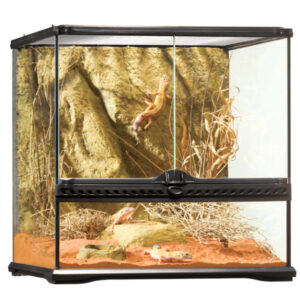 Introducing the Exo Terra Glass Natural Terrarium, the perfect habitat for your reptile or amphibian friend. This terrarium is made with glass for a natural look that your pet will love, and features patented front window ventilation to ensure their safety and comfort. The raised bottom frame allows for a substrate heater to be placed underneath and has a waterproof bottom to prevent any leaks.
Introducing the Exo Terra Glass Natural Terrarium, the perfect habitat for your reptile or amphibian friend. This terrarium is made with glass for a natural look that your pet will love, and features patented front window ventilation to ensure their safety and comfort. The raised bottom frame allows for a substrate heater to be placed underneath and has a waterproof bottom to prevent any leaks. Exo Terra 18x18x18 Specifications
- Dimensions: 18 x 18 x 18 inches
- Weight: 37.5 Pounds
- Total Volume: 25 gallons
Pros and Cons of Exo Terra 18x18x18
Buyer’s Guide
All about reptile terrariums
As a reptile or amphibian owner, you must provide your pet with a terrarium that simulates their natural environment. This not only keeps them healthy and happy, but also allows them to thrive.
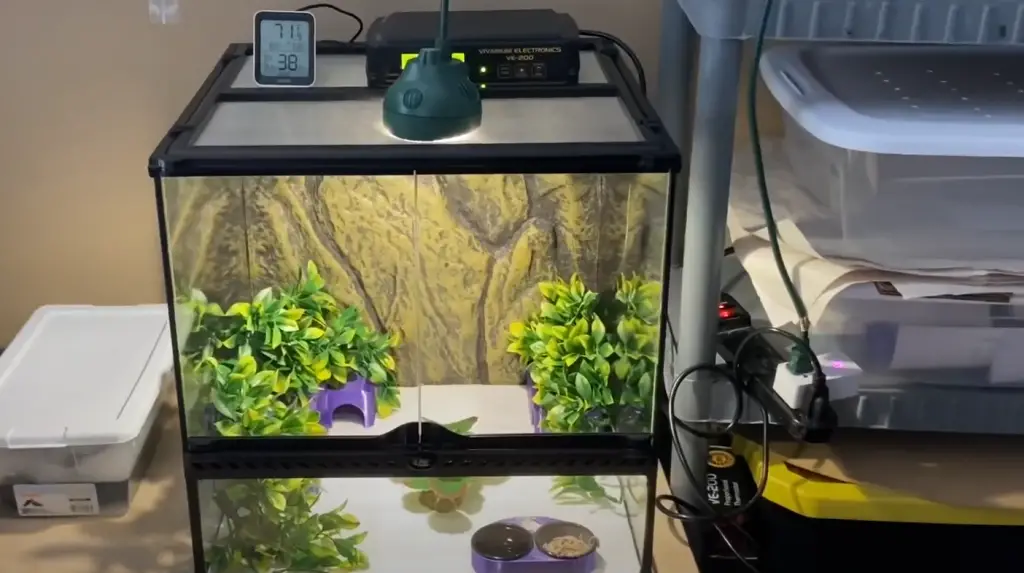
There are many different types of reptile terrariums on the market, so it’s important to do your research before making a purchase. In this buyer’s guide, we will discuss the different types of reptile terrariums and their features. We’ll also provide some tips on how to choose the right terrarium for your pet!
Types of Reptile Terrariums
There are two main types of reptile terrariums: glass and plastic.
They are also easy to clean and maintain. Plastic terrariums are a great option for those on a budget, but they are not as durable as glass terrariums. When choosing a reptile terrarium, it’s important to consider the size of your pet and its needs. A small terrarium is suitable for a baby or juvenile reptile, while a large terrarium is better for an adult.Features of Reptile Terrariums
When choosing a reptile terrarium, there are several features you should look for. Ventilation is important, as it allows your pet to breathe properly. A front-opening door is also beneficial, as it makes it easy to access your pet.
Finally, a watertight bottom is essential to prevent leaks.Tips for Choosing the Right Reptile Terrarium
Now that you know more about reptile terrariums, it’s time to choose the right one for your pet. First, consider the size of your pet and its needs. Then, decide what type of terrarium you would like. Glass terrariums are the most popular option, but plastic terrariums are a great choice for those on a budget. Finally, make sure to choose a terrarium with all the necessary features, such as ventilation, a front-opening door , and a watertight bottom. With these tips in mind, you’re sure to find the perfect reptile terrarium for your pet!
Equipment
In addition to the terrarium itself, you will also need to purchase some equipment and substrate. The type of equipment you’ll need depends on the type of reptile or amphibian you have. For example, if you have a desert reptile, you’ll need to purchase a basking light and thermometer.
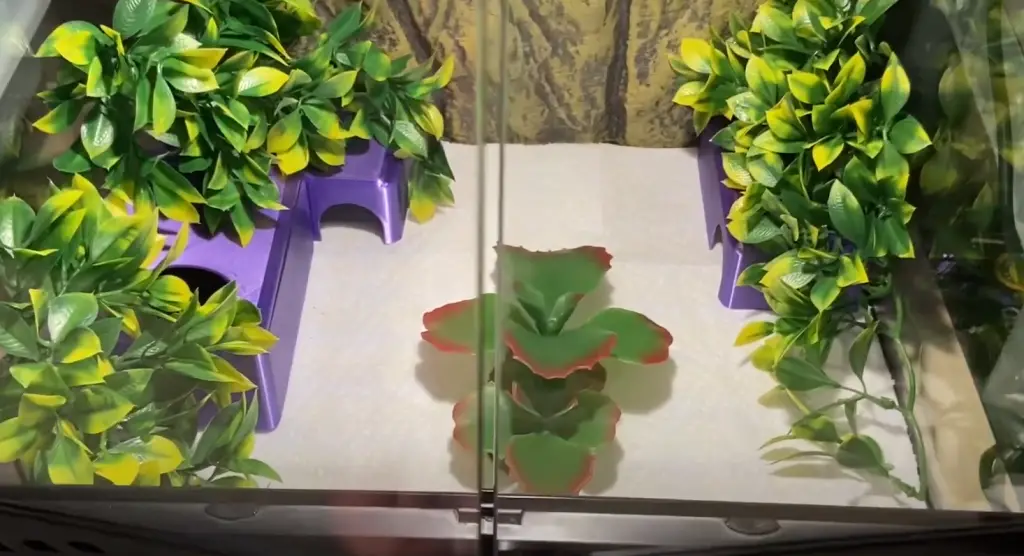
If you have a tropical reptile, you’ll need to purchase a humidity gauge and misting system. The substrate is also important, as it will provide your pet with a place to hide and burrow. Be sure to choose a substrate that is safe for your pet and easy to clean.
How to set up a reptile enclosure?
Now that you know everything there is to know about reptile terrariums, it’s time to set one up! The process is relatively simple, but there are a few things you’ll need to do to ensure your pet’s safety and comfort. First, choose a location for your terrarium.
Once you have everything, it’s time to start setting up your terrarium!Start by placing the substrate at the bottom of the terrarium. Then, add any hiding places or plants. Be sure to leave enough space for your pet to move around freely. Next, add the basking light and thermometer (if applicable). Finally, add any other accessories you deem necessary. Once your terrarium is set up, it’s time to add your reptile or amphibian! Be sure to acclimate them to their new environment slowly and carefully.
Cleaning a terrarium
It’s important to clean your reptile terrarium regularly to prevent the spread of disease. The frequency of cleaning depends on the size of your terrarium and the number of animals you have. For example, a small terrarium with one animal will need to be cleaned less often than a large terrarium with multiple animals. To clean your terrarium, start by removing all of the animals and equipment.
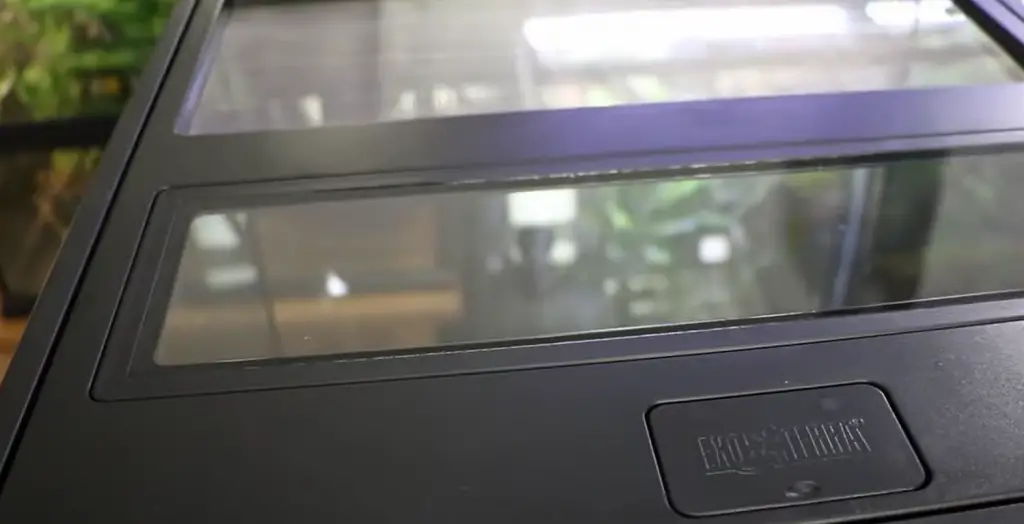
Then, empty the substrate and dispose of it properly. Next, use a reptile-safe cleaner to clean the inside of the terrarium. Be sure to rinse it well afterwards. Finally, add a new substrate and replace any hiding places or plants. Allow the terrarium to dry completely before adding your reptile or amphibian back in.
What is the difference between a vivarium & a terrarium?
Vivariums and terrariums are both types of enclosures that can be used to house reptiles and amphibians. However, there are some key differences between the two. Vivariums are typically larger than terrariums and have more complex ecosystems. They also often include features such as waterfalls and ponds. Terrariums, on the other hand, are smaller and simpler. They are typically used to house desert reptiles, as they require less humidity than other types of reptiles. When choosing between a vivarium and a terrarium, it’s important to consider the needs of your pet. [1]
FAQ
Can you put insects in a terrarium?
Yes, you can put insects in a terrarium. However, it’s important to choose the right type of insect. For example, desert insects will do better in a dry terrarium, while tropical insects will do better in a humid terrarium. It’s also important to make sure the insects you choose are safe for your reptile or amphibian to eat.
Can you put fish in a terrarium?
No, you cannot put fish in a terrarium. Fish require a different type of environment than reptiles and amphibians. They also produce waste that can be harmful to reptiles and amphibians.
Can you put mammals in a terrarium?
No, you cannot put mammals in a terrarium. Mammals require a different type of environment than reptiles and amphibians. They also produce waste that can be harmful to reptiles and amphibians.
Can you put plants in a terrarium?
Yes, you can put plants in a terrarium. Plants can help create a naturalistic environment for your reptile or amphibian. They also help regulate humidity levels and can provide food for some species of reptiles and amphibians.
Are PVC enclosures good?
PVC enclosures are a popular choice for reptile terrariums. They are typically made from durable PVC that is easy to clean. However, some PVC enclosures may contain harmful chemicals that can be toxic to reptiles and amphibians. If you choose a PVC enclosure, be sure to do your research to make sure it is safe for your pet.
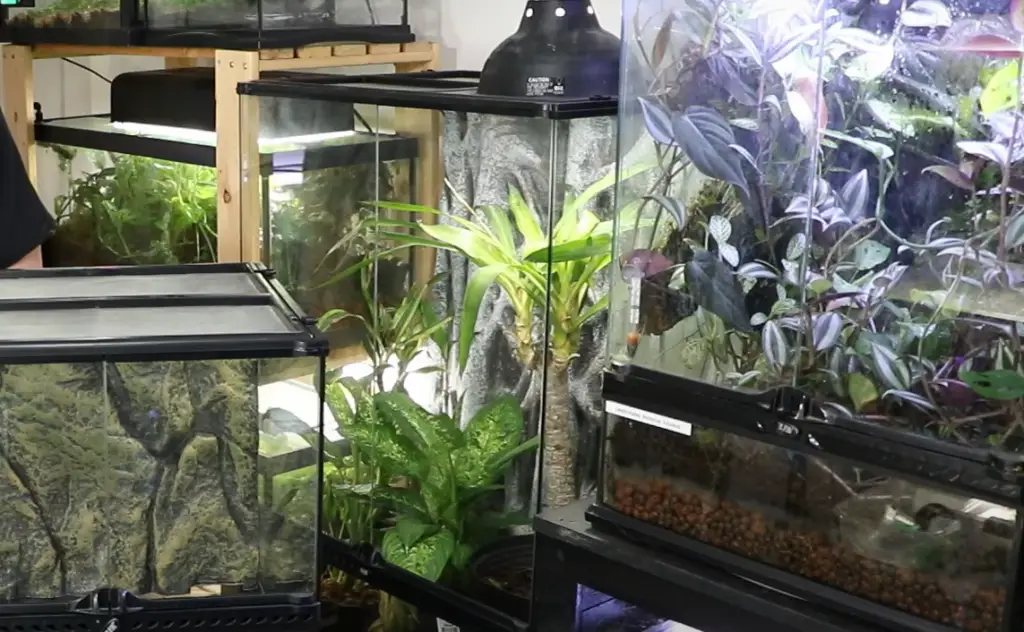
PVC enclosures that are safe for reptiles typically have smooth surfaces without any sharp edges. They also usually have a powder-coated finish that is free of harmful chemicals. These types of PVC enclosures are a great option for reptile terrariums. [2]
What materials are reptile safe?
There are a variety of materials that are safe for reptiles. Some common reptile-safe materials include PVC, glass, and mesh. It’s important to avoid using any materials that could be toxic to your reptiles, such as treated wood or metal. Be sure to do your research before choosing any material for your terrarium.
What material is best for a bearded dragon enclosure?
There are a variety of materials that can be used for a bearded dragon enclosure. However, some materials are better than others. For example, glass is a popular choice because it is easy to clean and provides good visibility. PVC is also a good choice because it is durable and easy to clean. Be sure to avoid using any materials that could be toxic to your bearded dragons, such as treated wood or metal.
Related Video: Exo Terra 18x18x18 Setup Live Stream
Conclusion
If you are in the market for a terrarium, the Exo Terra 18*18*18 is a great option. It’s well-constructed and has plenty of features to make keeping your reptiles happy and healthy easy. Make sure to measure the space you have available before purchasing, as this terrarium is on the larger side. Have you ever kept reptiles or amphibians as pets? What was your experience like? Let us know in the comments below!
References:
- https://www.manomano.co.uk/advice/reptile-terrarium-buying-guide-7427
- https://thedragonhaus.com/blogs/scale-talk/glass-vs-pvc-reptile-tanks-what-is-the-best-choice

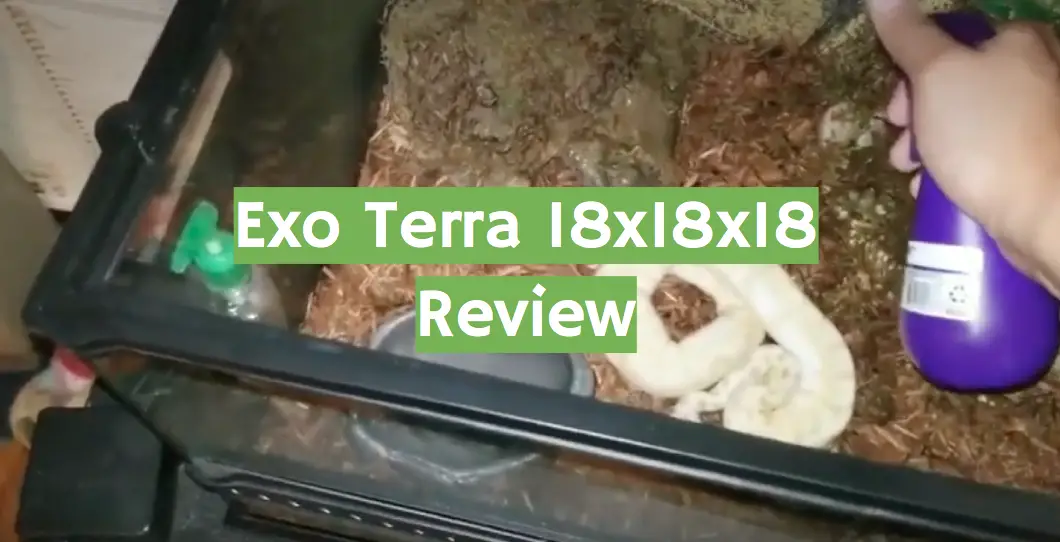
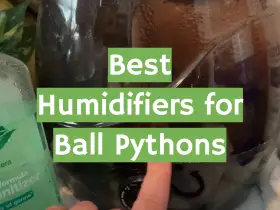
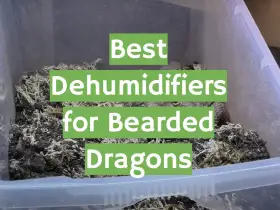
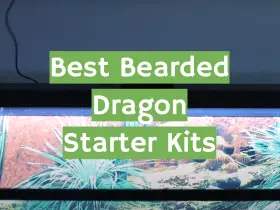

Leave a Review